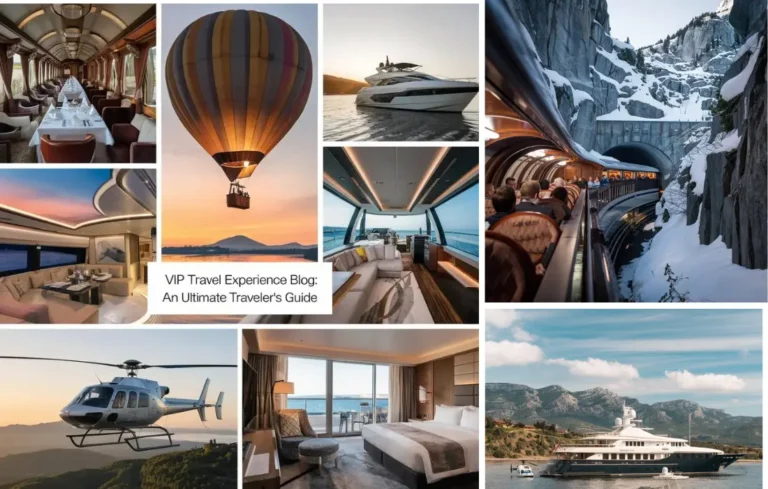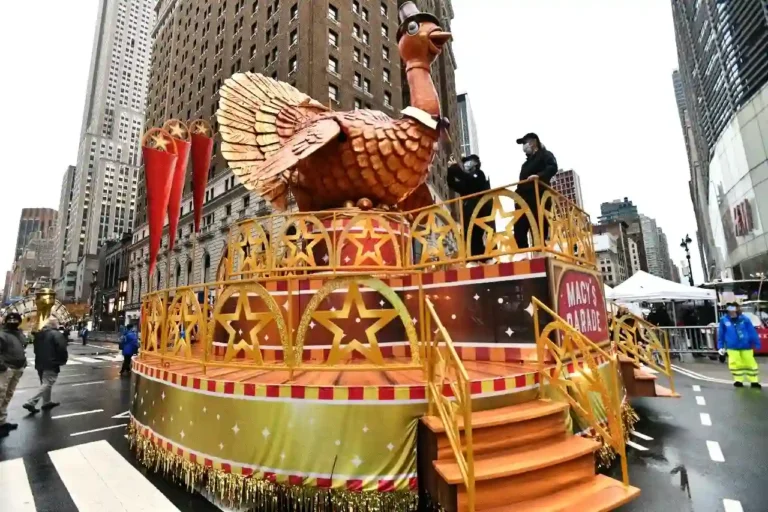
There’s something strangely beautiful about trying to capture an entire city… in just sixty seconds. It’s absurd, honestly. How do you even begin to bottle up centuries of history, street sounds, weather moods, and that weird smell near the metro station… into a tiny, bite-sized clip for the internet?
But maybe that’s the point. You don’t. Not really.
What you can do, though, is hint at the soul of the place. Just enough to stir something. A flicker of memory, or maybe a longing to go there. That’s what a one-minute travel montage is really about. Not accuracy — but emotion.
Start With a Feeling, Not a Map
Don’t think about what you should show. Think about what you felt. Were you overwhelmed? Restless? Did something about the city calm you down unexpectedly? That odd peacefulness you felt in a crowded Tokyo alley, or the rush of adrenaline during a chaotic tuk-tuk ride in Bangkok — start there.
Build the visuals around that.
You’re not a tourism board. You’re just… you. Observing, reacting, wandering. And that’s more than enough.
Glimpses, Not Full Scenes
In one minute, every second matters. Actually, every half-second. So instead of long panoramic shots or perfectly timed transitions, go for flashes. That crumpled paper cup on a cobblestone, an old man laughing on a park bench, graffiti you didn’t fully understand.
Sometimes, you get more truth from a three-second shot of someone brushing dust off their jacket than a sweeping drone shot of the skyline.
The Unpolished Bits Are Gold

Forget perfection. Seriously. A little camera shake? Fine. A smudge on the lens? Could work. It’s weirdly human to watch something that isn’t flawless — because, well, that’s what travel is.
Ever tried filming while carrying a soggy street taco in one hand and fending off pigeons with the other? Exactly.
Sound Tells Its Own Story
City sounds are underrated. Don’t silence them. That sudden whoosh of a passing tram, the echo of footsteps in an alley, a street musician fumbling the first note. Even the awkward silence between takes — keep it. It adds texture.
Layer your montage with fragments. Maybe let the audio from one shot bleed into the next. Or use ambient noise to tie the montage together, even if the visuals jump from one end of the city to the other.
Use a Good Montage Video Maker
Once your clips are ready, the editing tool you choose makes all the difference. A montage video maker helps you arrange your clips in a stylish, well-paced manner. These tools come with pre-made templates, music options, and smooth transitions that save you editing time and enhance the visual impact of your travel montage.
Light is the Mood
Golden hour is a cliché for a reason. But moody overcast skies? Rain reflections on pavement? Blinding neon signs buzzing at midnight? All of it counts. Light is the city’s language.
Notice how the same street feels different at 7 AM versus 7 PM? Capture both. The sleepy calm and the electric rush.
People (Even When They Don’t Know They’re the Story)
Try not to stage too much. That guy reading a newspaper upside down might end up being the best moment in your montage. Or that little girl chasing pigeons… then getting bored halfway through.
Let people be themselves. Let life unfold without forcing it.
Edit With Rhythm, Not Rules
You don’t need to match every beat. In fact, sometimes syncopation makes it feel more alive. Let some clips linger unexpectedly. Cut others fast, almost jarringly. Mix it up.
Editing isn’t about rules here. It’s about emotion. If a particular cut makes your chest feel a bit tight or your lips twitch into a half-smile — it’s probably working.
Include the Misses
The moment you turned the corner expecting a view, and instead found a dumpster. The time your phone died just before sunset. That weird elevator that made noises like it was about to collapse.
Little imperfections tell more than the pretty parts. The missed chances, the mundane moments — they anchor your story.
You Don’t Have to Show Everything
Leave gaps. Let the viewer wonder what else was happening just outside the frame. Maybe even cut out the city’s biggest landmarks altogether.
Yes, really.
Sometimes, the spirit of a place is better felt in the shadows of its icons.
Pro Tip (That’s Not Really a Tip):
Talk to locals. Not for interviews or posed shots. Just… chat. Buy something from a vendor and ask them how long they’ve worked there. You might not use that footage, but the energy of that interaction? It’ll find its way into your montage, even if it’s just in how you hold the camera afterward.
Final Thoughts
A one-minute travel montage won’t capture everything. It can’t. And maybe that’s okay. Maybe it’s not about summarizing the city at all — but creating a spark. A feeling. A trail of breadcrumbs for someone else to follow.
And if nothing else, it’s a beautiful little memory capsule for you. Proof you were there. That the city reached you, even just a little.
Frequently Asked Questions
1. Can I really show the essence of a city in just 60 seconds?
Maybe not completely, but you can hint at it. You’re painting a vibe, not a blueprint.
2. Should I use a professional camera?
You can. But your phone works fine too. It’s more about what you capture than what you use.
3. How do I choose what to film?
Film what makes you stop. Even if it’s small or odd. Those moments matter.
4. Do I need a script or plan beforehand?
Honestly… not really. Go with a loose idea, but leave room for surprises.
5. What if my shots are shaky or imperfect?
Good. That means they’re real. Keep them.
6. Should I include famous landmarks?
You can, sure. But don’t feel like you have to. Sometimes the lesser-known spots are more telling.
7. What’s the best time of day to film?
Early morning and late afternoon often have great light. But every time of day has a mood — use them all.
8. How do I pick the right music?
Go with your gut. Something that matches the emotional tone, not just the beat.
9. Can I mix clips from different days?
Of course. As long as it feels cohesive, it doesn’t matter when you shot it.
10. What if I forget to film something important?
Then talk about it in the caption. Or let it be a ghost in the edit — sometimes what’s not shown adds more weight.






